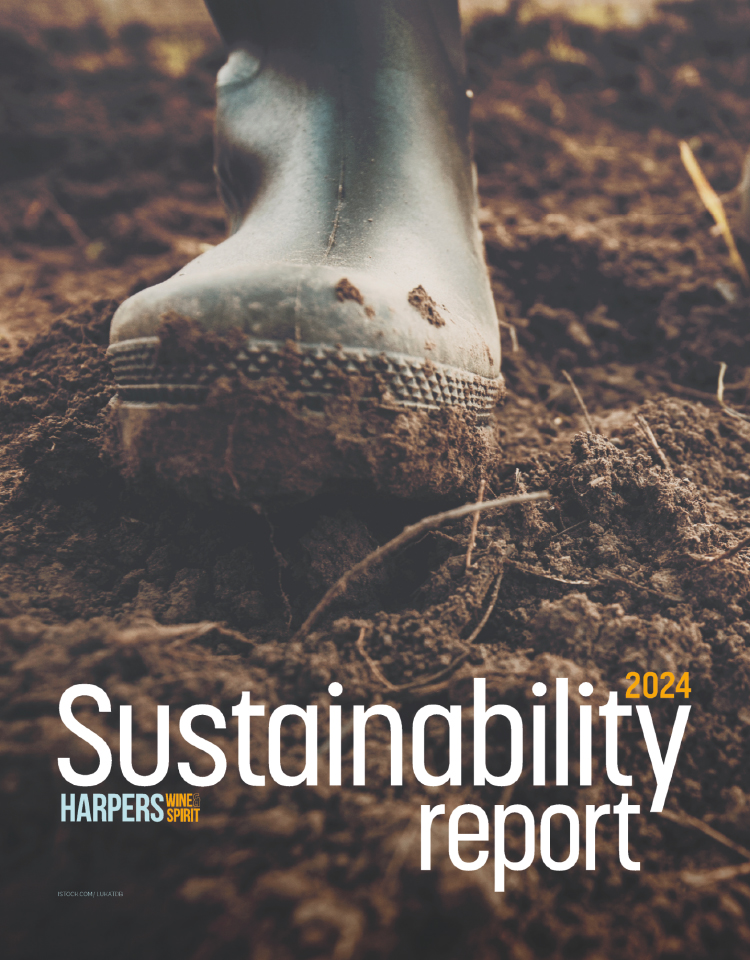Waste not, want not
Like a bad penny, the Packaging Waste Regulations keep turning up in my career. When I was a solicitor, I represented a number of companies that were prosecuted for failing to comply with different parts of the regulations. My last case ended up in the High Court arguing about whether plant pots were packaging or not.
Then, at the British Retail Consortium, I led the UK retail lobbying in Brussels on the proposed increases to the recycling targets. So it was only a matter of time before they made another appearance.
It happened last week when I was told that the Environment Agency is targeting the wine trade and has already launched proceedings against a couple of businesses that were not complying with the regulations.
For those of you who never knew (or had at least chosen to forget) what these regulations mean to your business, they took effect in 1997 and apply to all businesses that have an annual turnover of more than 2 million and handle more than 50 tonnes of packaging each year.
Handling includes putting product into packaging (filling bottles with wine or spirit), making packaging (bottles), importing packaged goods into the UK (cases of wine for example) or selling packaged goods to the final user. It also includes packaging owned by the business and imported into the UK by the business or by an agent.
So what are the obligations, then? A business has to recover and recycle a certain number of tonnes of packaging waste each year; to do this there are two options.
The first is for your business to register with the Environment Agency and calculate the amount of packaging you are obligated to recover and recycle (worked out using a formula set out in the regulations).
You must then, of course, ensure that the necessary amount of packaging waste is recovered and recycled and then confirm your compliance with the Environment Agency.
Most businesses take the second option and join a compliance scheme (such as Valpak, Biffpak, and so on). Under this option, you must still register with the Environment Agency and calculate the amount of packaging you handle but then join the scheme which will carry out your recovery and recycling obligations for you. Neither option is cheap.
There have been some recent changes to the regulations which came into force on 1 January.
Recycling and recovery targets have been increased and a new option has been introduced to lessen the impact on smaller businesses.
If a business handles more than the 50 tonnes of packaging a year, and has a turnover of between 2 million and 5 million, it can now choose to take the allocation method.
Instead of having to collate all the information and calculate how much packaging must be recovered and recycled, they can use a set multiplier (the tonnage allocation) and multiply it by their annual turnover to produce an allocated figure that will be their recycling obligation for the year.
This obviously lowers the regulatory burden on smaller businesses that fall within these regulations. Hopefully, for the majority of businesses in the trade, all of this will be a very familiar (if rather unpopular) topic.
If, however, you are reading this, have never heard of these regulations and think they might apply to you, then you need to take action.
The WSTA should be your first point of call.
We can advise you on the detail of the regulations and point you in the direction of the compliance schemes and consultants who can assist your business in meeting the obligations laid down by these regulations.
This is not intended as a scare story, but as a reminder to those new to the trade, or whose business has grown over the past 10 years or, indeed, those who have missed these regulations for whatever reason.
It seems that the Packaging Waste Regulations are back in my life again. I just hope it's not for too long this time!





